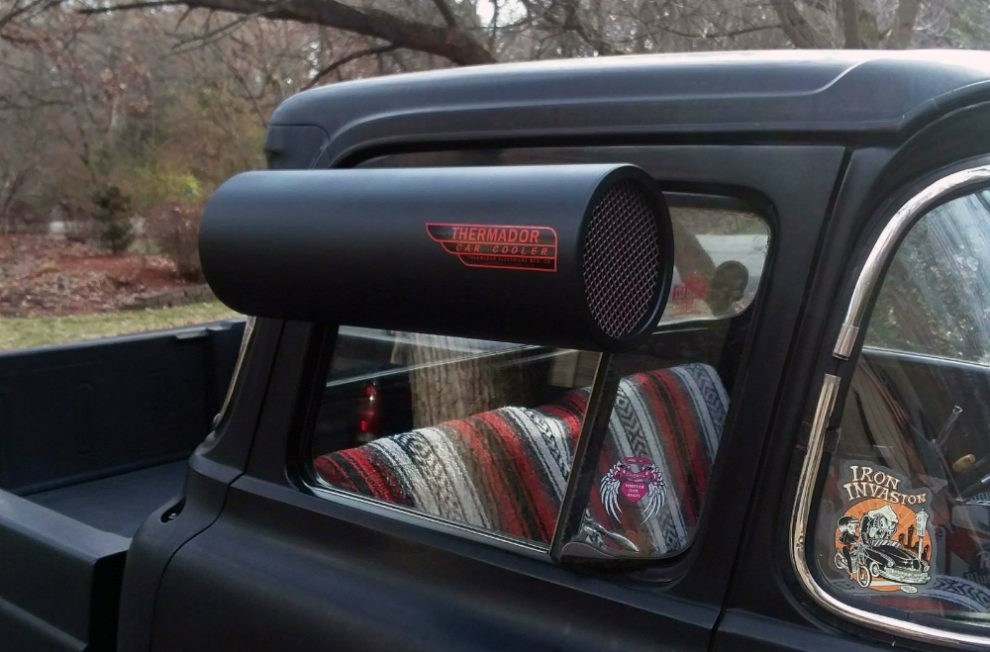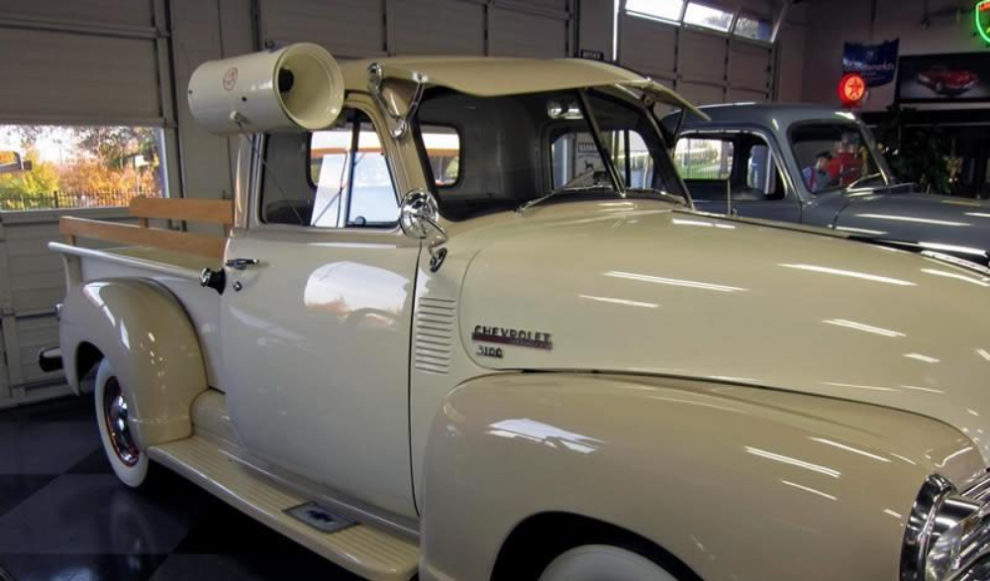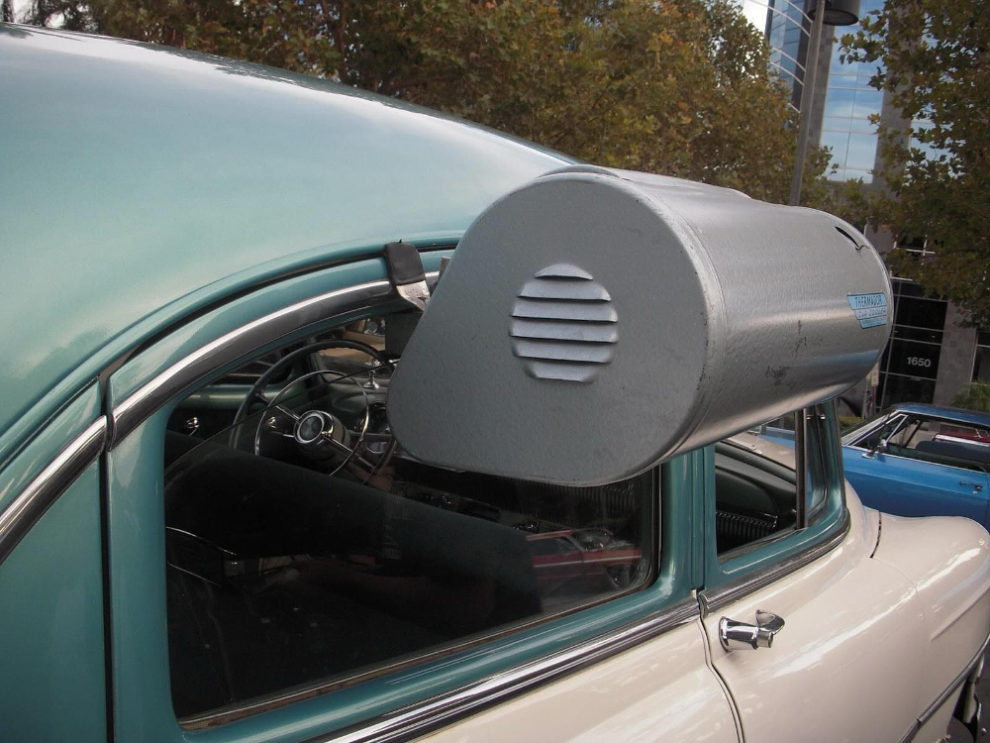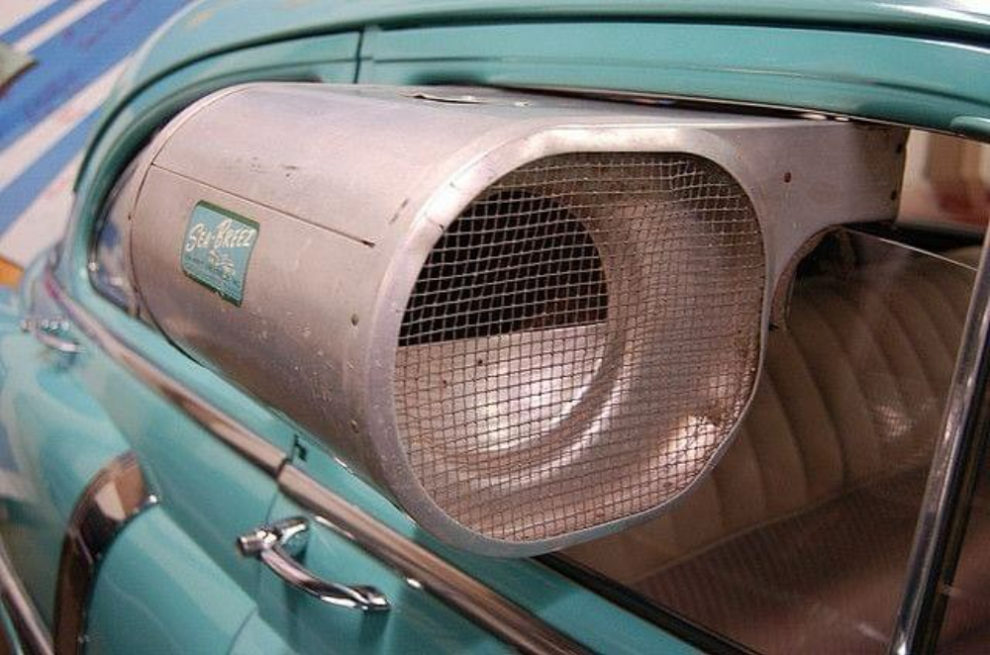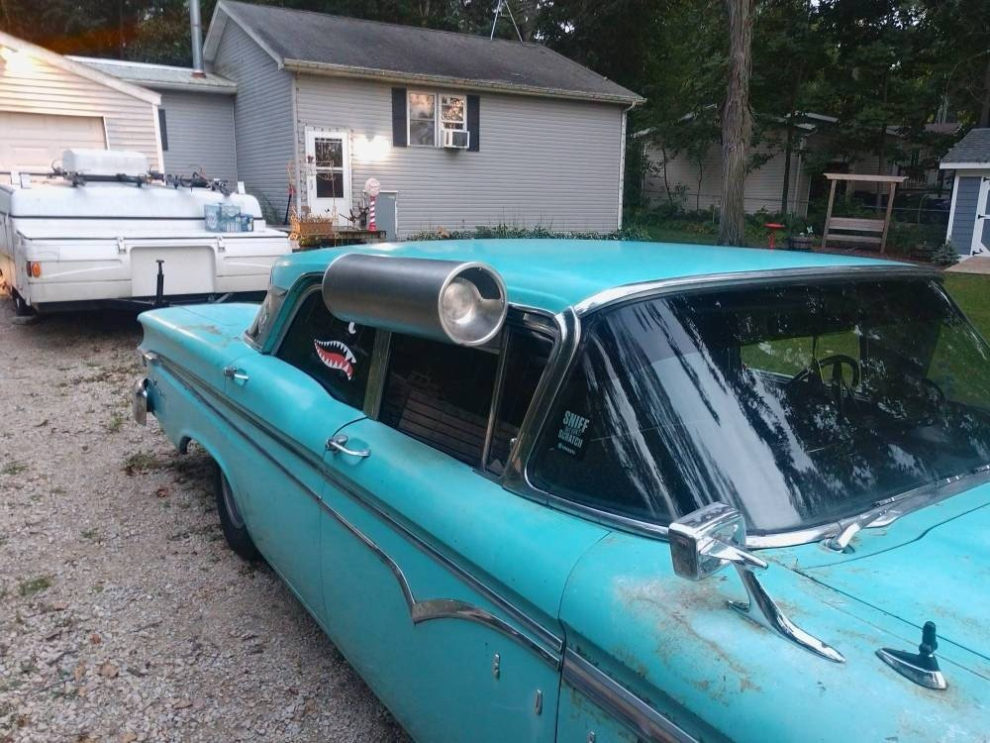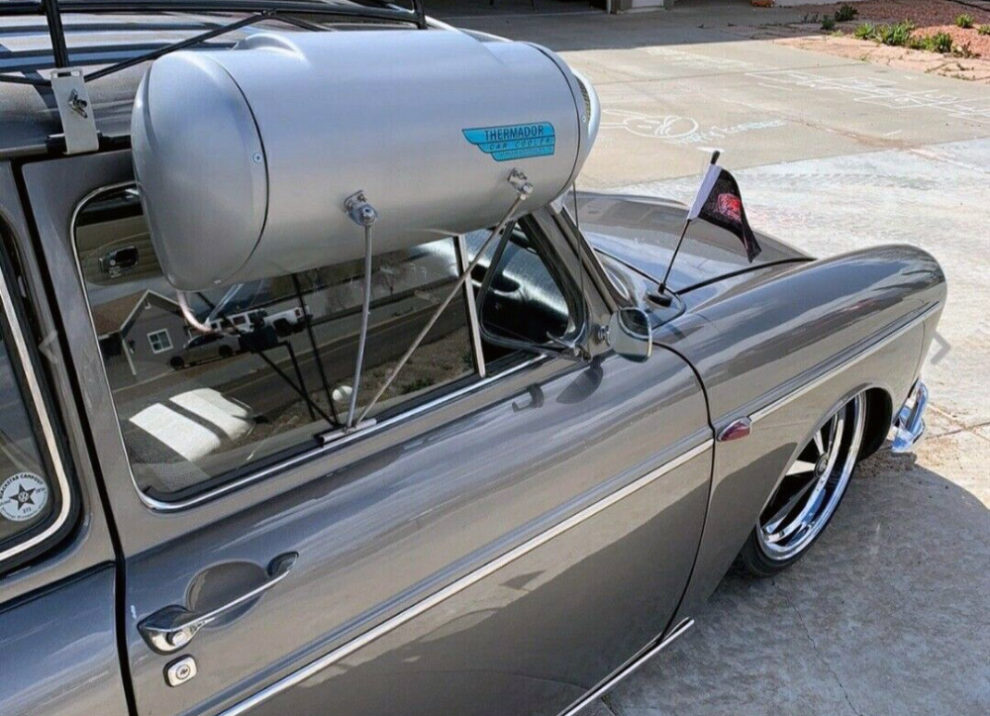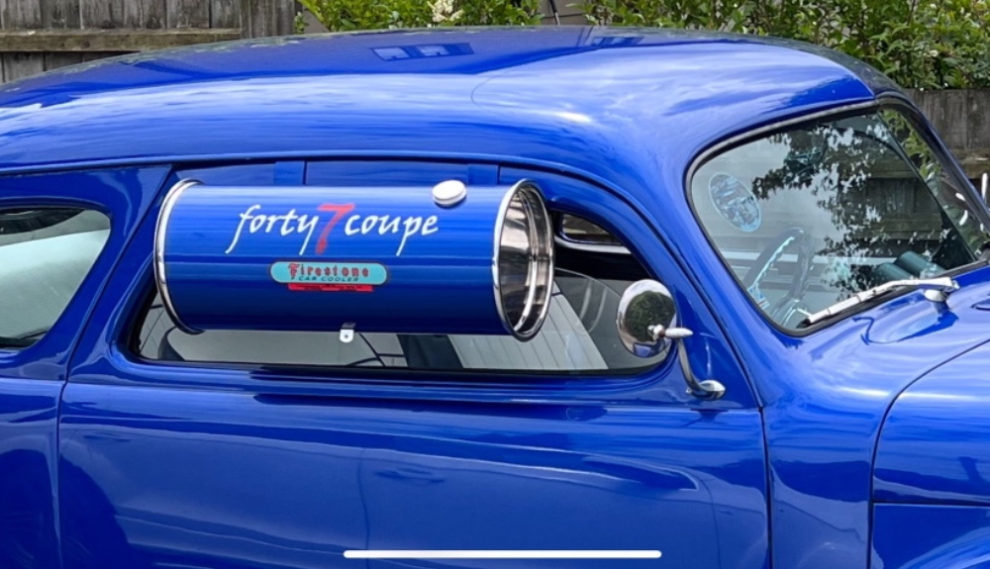The Forgotten History of Car Swamp Coolers: How 1930s Drivers Beat the Heat Before Air Conditioning
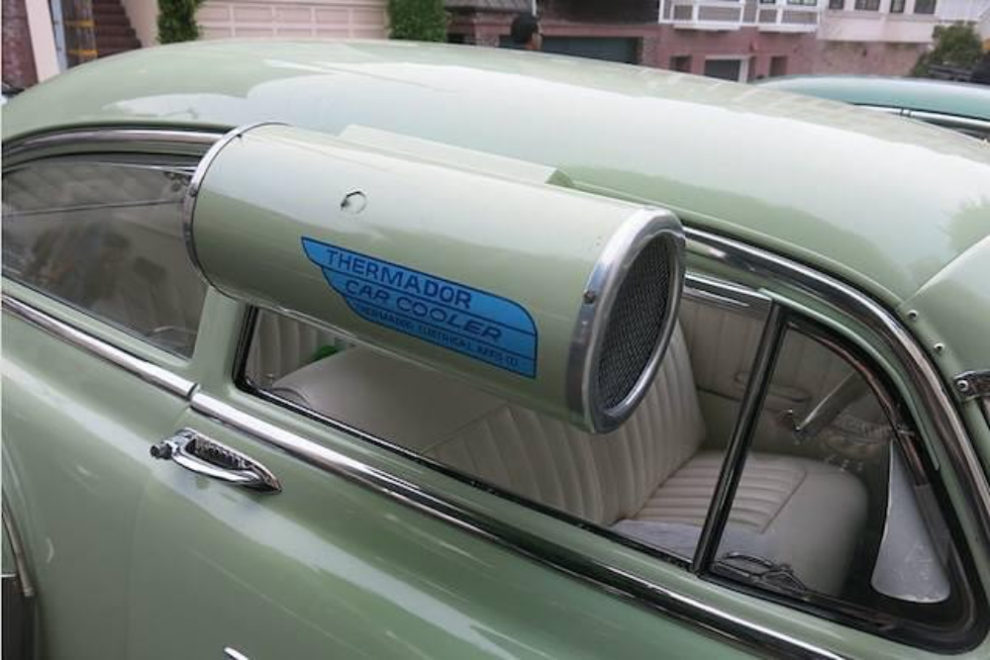
In the 1930s, if you wanted to travel in air-conditioned comfort, you needed a “swamp cooler” attached to your car window. These devices were popular through the 1960s, before modern air conditioning became a standard feature in most cars.
h/t: vintag.es
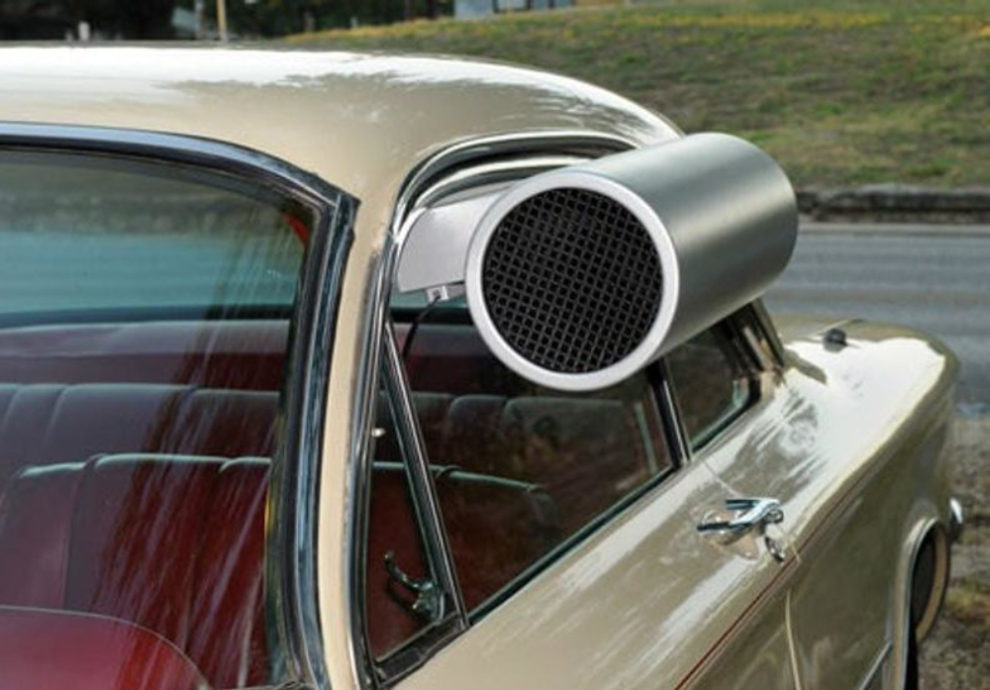
A typical car swamp cooler was mounted on the front passenger window and filled with cold water and balsa wood shavings contained in a wire mesh. Hot air entered the cooler through a large opening at the front, evaporating the water inside. This process cooled the air, which was then funneled into the car’s interior. The balsa wood shavings helped retain water and improved airflow efficiency.
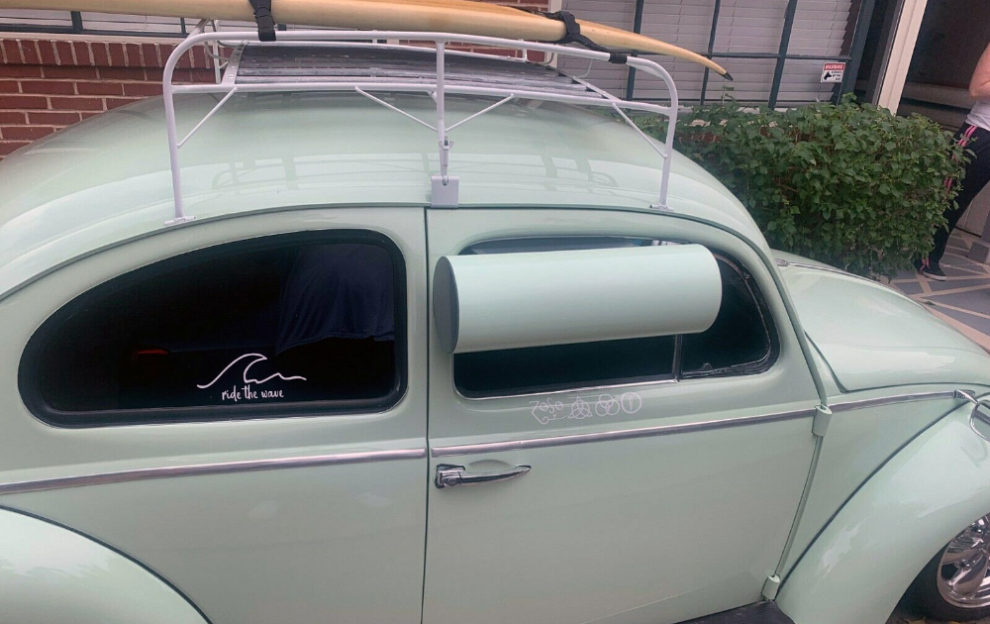
Lower-cost models relied on the car’s movement to push air through the cooler, while more expensive versions featured an electric fan that circulated air even when the car was stationary. Most swamp coolers held enough water for two to three hours of refreshing cool air, with colder water providing better cooling.
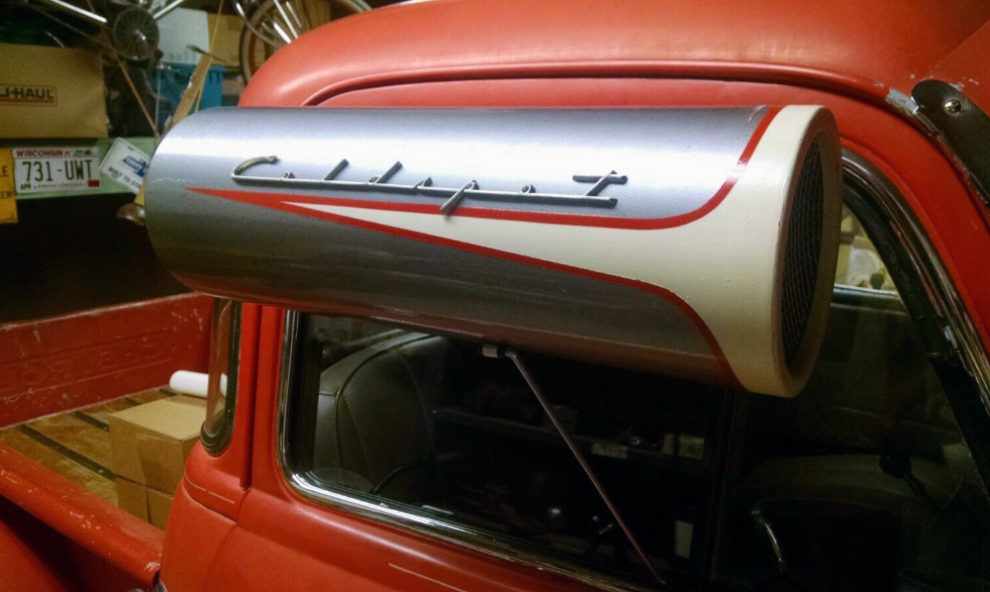
Today, swamp coolers are more of a decorative element, especially among classic car enthusiasts. Owners often paint or pinstripe them to match their vehicles, though few actually use them for cooling. Despite this, the simple technology still functions effectively, offering one of the few cooling options for vintage cars without modern air conditioning.
